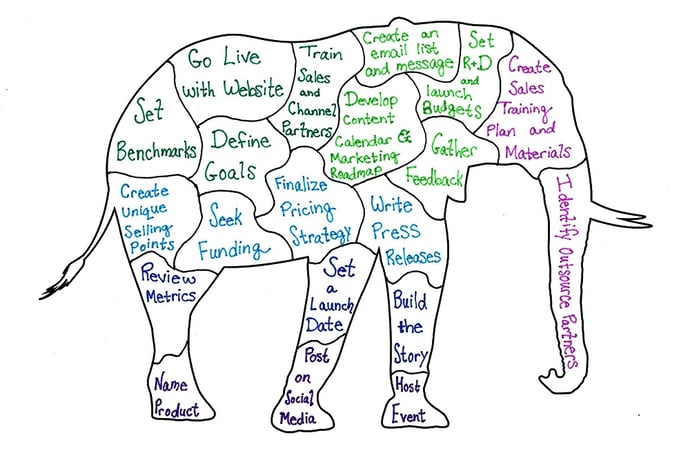
More than a Product Manager
The role of the product manager is increasingly important in industries like medical devices, where time to market is accelerating, and optics and photonics, where emerging markets are driving demand for product innovation.
While large organizations continue to have product management and product marketing teams, the most promising growth is in small to mid-sized companies in which the product manager covers both roles. On the plus side, this dual role lessens the gap between marketing and engineering; on the other hand, added responsibilities mean marketing often becomes a secondary priority.
Most product managers we’ve worked with began their careers with an engineering degree, and added a business degree in moving into management. These product managers are inherently the “CEO” of a product line and hold P&L responsibility, often for the first time in their career. They’re facing a rapidly evolving job description as well as a growing list of needs and deliverables.
"When eating an elephant, take one bite at a time."

Although pressures and pace can be a challenge, there are many marketing strategies that closely align with the product manager’s natural strengths.
Critical success factors for inbound marketing include:
- Cross-functional teams
- Technical knowledge
- Measurability
- Data-driven mindset
- Customer focus—more concerned with the buyer’s needs than the salesperson’s
- Interest in problem solving
Succeeding in these areas requires a measured approach. Read on to learn how to effectively manage your marketing workload as a project manager.
Product Marketing Traps to Avoid
Product managers hold a fast-paced, high-pressure job. The following traps are both causes and consequences of this pressure:
- Maintaining the status quo: Doing the things the organization has always done is the path of least resistance, but it also adds ineffective and unnecessary to-dos. Prime examples: datasheets and collateral toolsets.
- Focusing on the product, not the problem: From specs and features to naming conventions and legalese, it’s easy to lose the customer perspective.
- Missing the big picture: Overworked managers can lose track of the value of the company and product family when marketing individual products.
Simplifying Your Marketing Strategy
“Not that the story need be long, but it will take a long while to make it short.”
—Henry David Thoreau
Simplicity requires time and care, but will pay off in:
- Marketing that resonates with the customer
- Reduced cost and waste by cutting out the collateral and tactics that no longer work
- Clearer path to purchase for your customer
The first step in simplifying your marketing strategy is a thorough understanding of the markets and customers you’re targeting. Many growing companies do not have the means to quickly and effectively develop a cohesive, shared strategy. Bring in a consultant or facilitator if you need to. Cross-functional and leadership buy-in here will streamline your efforts at every step. It’s also easier for an outside marketing consultant to suggest that some activities stop or be retired.
Strategy is not a one-time event. We advocate for a brief, visual marketing strategy, tested and optimized throughout the year. Check out our strategic marketing calendar.
Managing Your Marketing Workload
Here are some tips to make your workload more manageable while improving the effectiveness of your marketing:
- Set measurable goals. Marketing effectiveness is quantifiable. Get rid of the unknowns with tools like the inbound traffic calculator and one-page business plan.
- Create a marketing dashboard with no more than 3-4 KPIs (key performance indicators). Marketing platforms like HubSpot offer a built-in marketing dashboard to monitor effectiveness at a glance. Download our Marketing KPI Worksheet.
- Pick your rhythm and stick to it. Hold a monthly joint sales and marketing meeting, starting with a review of the KPIs.
- Batch activities such as blog writing, and review. Check your traffic and leads weekly, and manage your trade show logistics and ad plan monthly. Whatever your marketing activities, try to group activities to minimize the firefights.
- Commit carefully. If one date or accountability is fiction, they all are. If you can’t or shouldn’t do something yourself, outsource it.
Need help keeping your marketing and product launch activities on track? Download our Marketing Roadmap Planner:


